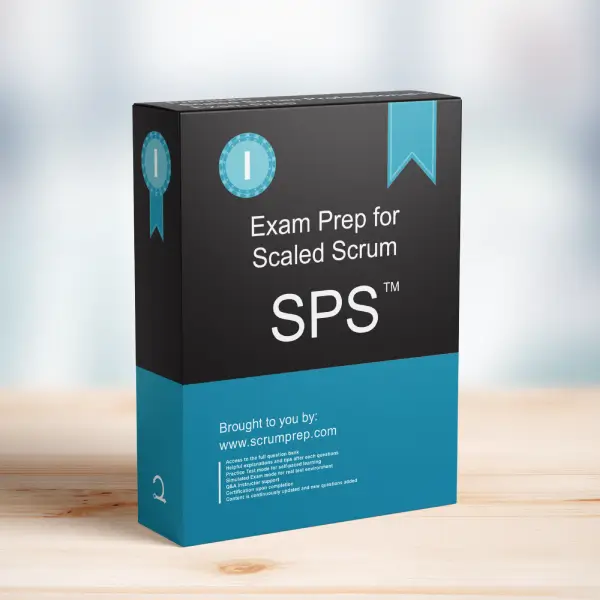Understanding the Impact of Adding Resources in Scrum
Adding resources to a product delivery effort in Scrum does not necessarily ensure a proportional increase in the value delivered. This principle is rooted in the complexities of coordination, communication, and integration within and among Scrum Teams. Let’s explore why this is the case.
Exam Question
True or False: Using Scrum ensures that adding more resources to a product delivery effort proportionally increases the value delivered.
A. True
B. False
Correct Answer
B. False
Explanation
The Myth of Linear Scalability
Brooks’s Law: One of the well-known principles that explains this phenomenon is Brooks’s Law, which states, “Adding manpower to a late software project makes it later.” This highlights that increasing the number of people working on a project can actually slow down progress due to the overhead of coordination and communication.
Coordination and Communication Overhead
Increased Coordination Needs: As more Scrum Teams or members are added, the complexity of coordinating work and maintaining alignment increases. This requires more effort in communication and synchronization across teams, which can offset the benefits of having additional resources.
Integration Challenges: More teams working on different parts of the product means more integration work is needed. Ensuring that all pieces fit together seamlessly and that there are no conflicting changes requires significant effort and careful planning.
Diminishing Returns
Law of Diminishing Returns: In many cases, adding more resources leads to diminishing returns. The initial addition of resources may lead to a noticeable improvement in productivity, but as more resources are added, the incremental value decreases. Eventually, the overhead may outweigh the benefits.
Scrum Principles: Scrum emphasizes small, self-managing teams. These teams work most effectively when they are small enough to minimize communication overhead yet large enough to complete significant work. Simply adding more teams or members can disrupt this balance.
Practical Implications
Scalability Issues: In practical scenarios, scaling Scrum requires careful consideration of how additional resources are utilized. Effective scaling involves creating multiple Scrum Teams working in a coordinated manner, often using frameworks like Nexus or LeSS (Large Scale Scrum) to manage dependencies and integration.
Focus on Value Delivery: The focus should always be on delivering value. Simply adding more resources does not guarantee that more value will be delivered. The additional resources need to be managed effectively, ensuring that they contribute to the team’s ability to deliver valuable increments.
Relevance to the SPS Exam
Understanding the impact of adding resources in a Scrum environment is crucial for the SPS exam. It demonstrates a deeper comprehension of Scrum principles and the practical challenges of scaling Scrum effectively.
Key Takeaways
- Adding more resources does not proportionally increase the value delivered due to coordination and communication overhead.
- Effective scaling in Scrum requires careful management of additional resources, focusing on minimizing integration challenges and maximizing value delivery.
- Frameworks like Nexus and LeSS can help manage the complexities of scaling Scrum.
Conclusion
In Scrum, adding more resources to a product delivery effort requires careful planning and management to avoid the pitfalls of increased coordination overhead and integration challenges. Understanding these principles is essential for effectively scaling Scrum and maximizing value delivery. For more information on preparing for the SPS exam, visit our Scaled Professional Scrum SPS™ Exam Prep.



